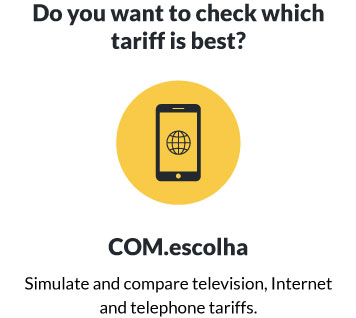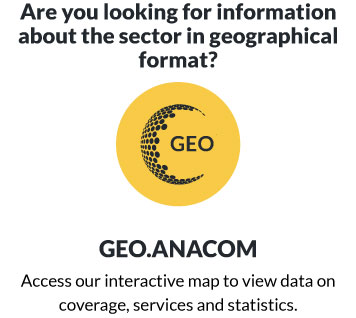The International Telecommunications Satellite Organization (INTELSAT), is a global intergovernmental organization, was established in 1971, Portugal being one of the founding members.
The main objective of this Organization was the development of a unique global commercial system of satellite telecommunications, as part of an improved telecommunications global network, aiming to ensure worldwide access thereto.
The INTELSAT structure consisted of the Assembly of States Parties, entrusted with the definition of the Organization's general policies and long-term objectives; the Board of Governors, constituted by representatives of signatories (operators) according to the investment share, and responsible for the INTELSAT space segment management; and the Council of Signatories, assigned with technical tasks relating to several issues of the Organization. There was also an executive body, headed by the Director-General.
In 1999, the first steps towards restructuring the Organization and adapting it to the new regulatory conditions and to the new competitive environment were taken, in order to enable its survival and provision of public service duties.
In this restructure context, and especially for commercial imperatives, the Organization was privatised in July 2001, with the subsequent division in two different entities. Thus, INTELSAT's operational component was transferred to a public limited company - INTELSAT Ltd. - That assumed responsibility for the basic principles, involving, namely the compliance with public service obligations, specially the maintaining of contractual commitments regarding LCO clients (Life Connectivy Obligation - countries or regions dependent on the INTELSAT system for their telecommunications) and of global coverage and connectivity, on a commercial basis.
Furthermore, the intergovernmental organization remained, with a residual character and a new designation ITSO (International Telecommunications Satellite Organization), and its functions are limited to the supervision of the compliance with the basic principles on the part of the new enterprise, particularly the LCO's.
The present structure of the ITSO, which currently includes 148 States (Parties) encompasses the following bodies: the Assembly of Parties, which meets once every two years; Director-General, entrusted with executive functions; and the Advisory Committee, that supports the Director-General.
The main instruments of the ITSO are the Agreement relating to the International Telecommunications Satellite Organization, which establishes the general principles and the respective structure (bodies and operation), the Protocol on Privileges and Immunities, that defines the privileges and immunities enjoyed by the organization.
Further information:
- ITSO http://www.itso.int
- Intelsat http://www.intelsat.com/




